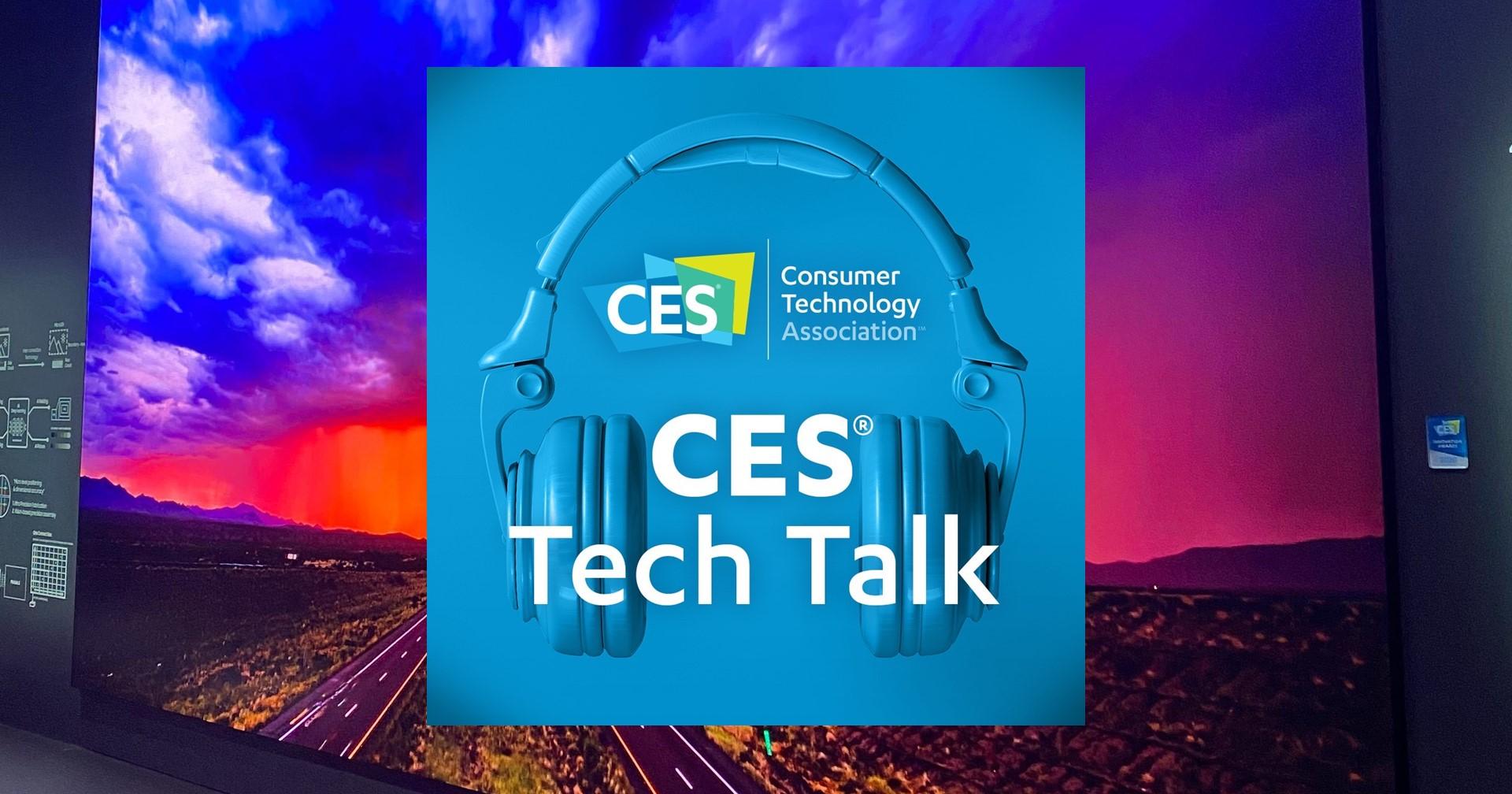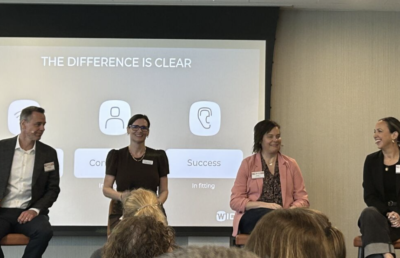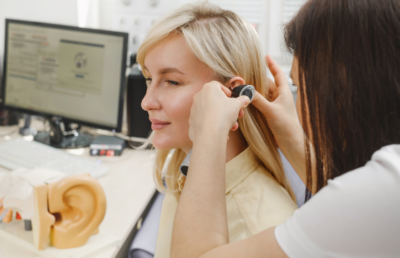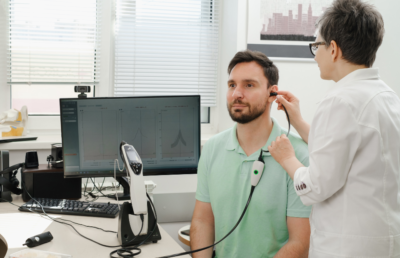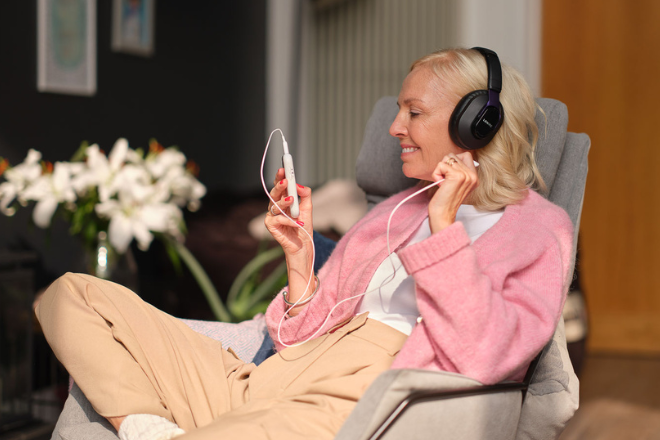This year, like every year, we look to the Consumer Electronic Show (CES) for the latest in hearing aid technology. Over the past few years, hearing technology has grown into a distinct segment of CES, which usually focuses more on consumer-facing electronics than medical devices. This has been great to see, because it helps to spread awareness of hearing health.
LE Audio Bluetooth
We all use Bluetooth on a daily basis. Bluetooth is a great technology for quickly linking up nearby electronic devices, but also presents some unique challenges when used with hearing aids. For example, switching the hearing aid to connect it to a phone or other device is currently not quite as seamless as most users would prefer.
At this year’s CES, the Bluetooth Special Interest Group (SIG) announced LE Audio, a new version of bluetooth that, among many other things, is designed to work better with hearing aids. Supposedly, this technology will be able to do stereo connections to mobile devices. There is also some talk about eventually being able to seamlessly connect to PA systems at events or movie theaters. The new tech, called Low Complexity Communication Codec (LC3), will supposedly lower the power consumption needed for Bluetooth, while simultaneously improving sound quality, which is definitely a win-win scenario. Consumers can expect to see devices with this new technology begin to come out in early 2021.
Hearing aids as CES Honorees
We were happy to see a number of hearing aids getting noticed as honorees in the competitive CES innovation awards.
The Oticon Xceed was an honoree in the Health and Wellness Category. Dubbed as the “the world’s most powerful hearing aid”, the Xceed is the “first super- and ultra-power hearing aid with OpenSound Navigator and OpenSound Optimizer, BrainHearing technologies that support more access to speech.” It’s meant to help those with moderate to profound hearing loss and “empowers hearing care professionals to deliver industry-leading optimal output and gain—146dB SPL and 87 dB full on gain—without the high risk of feedback.”.
Meanwhile, Oticon’s RemoteCare technology was nominated in the Tech for a Better World Category. RemoteCare allows patients and hearing professionals to hold virtual appointments at which the professional can remotely adjust their hearing aids as if they were in the same room with the patient.
Another notable release was Phonak’s Marvel Virto Black. It’s billed as “the world’s first custom-made hearing aid that directly streams from both iOS®, Android™, or virtually any other Bluetooth®-enabled audio device”. The Marto Virto Black is also not too shabby in the looks department—it’s a full-featured hearing aid, but is designed to look like a high-tech hearable, giving it a more modern and stylish look than the average hearing aid. It’s a push to make hearing aids more wearable and accepted, and we think they’re moving in the right direction.

